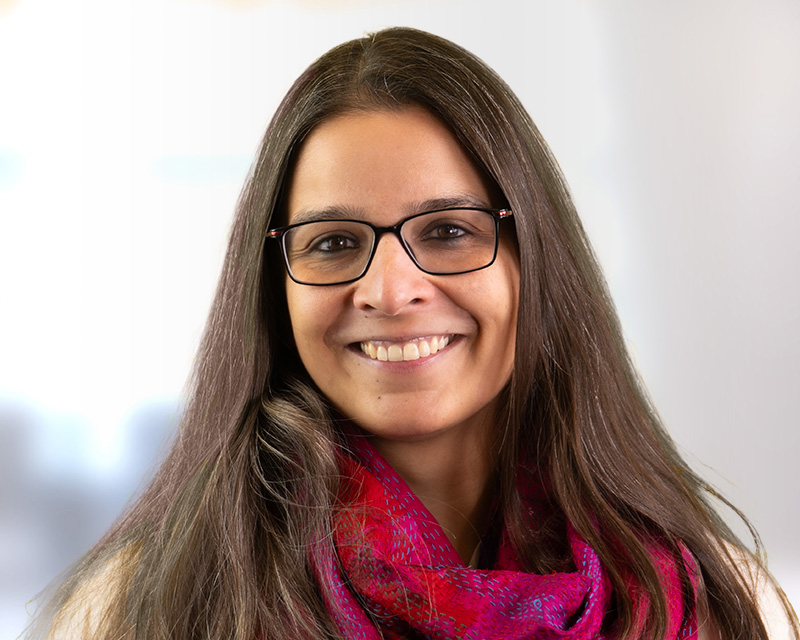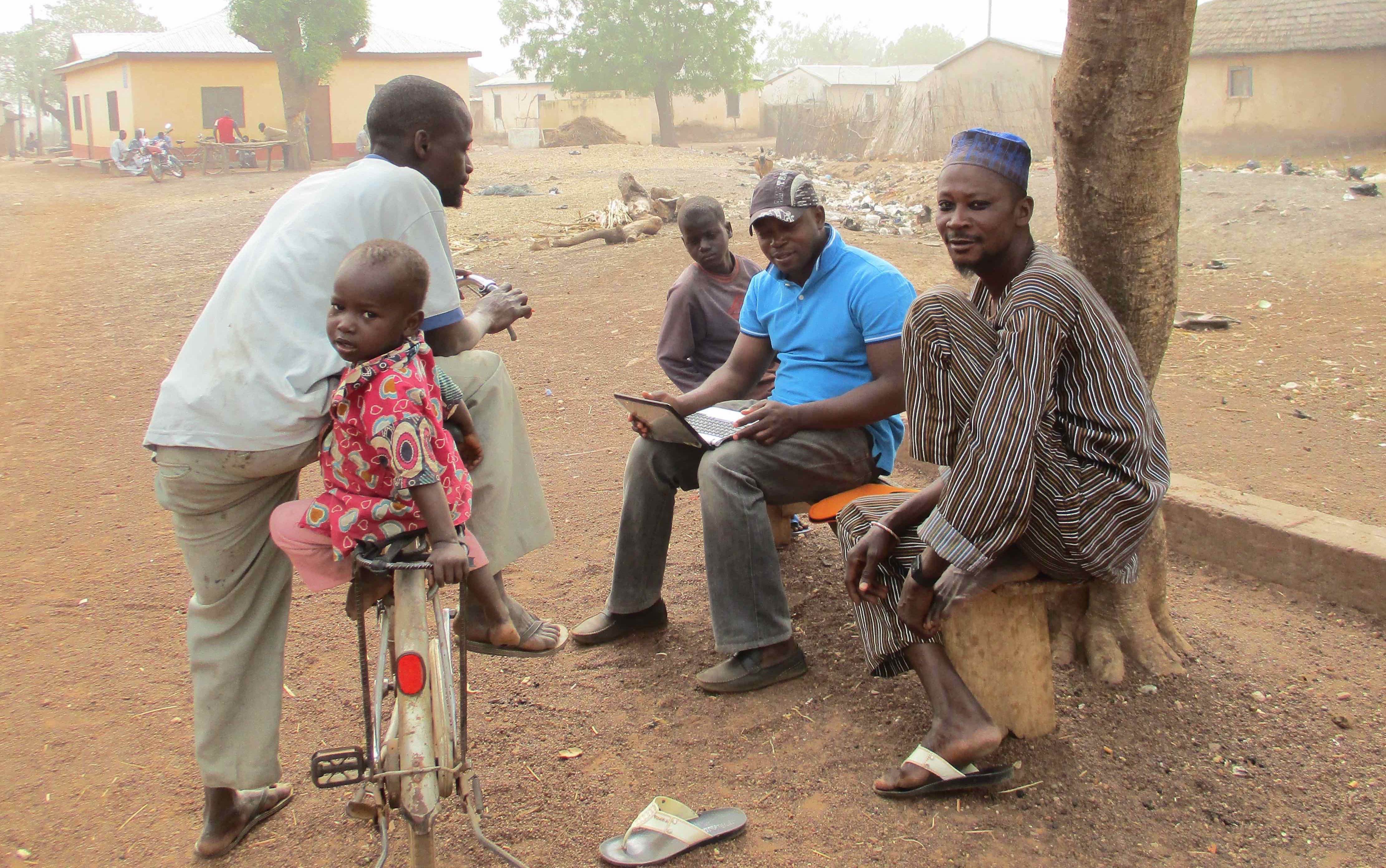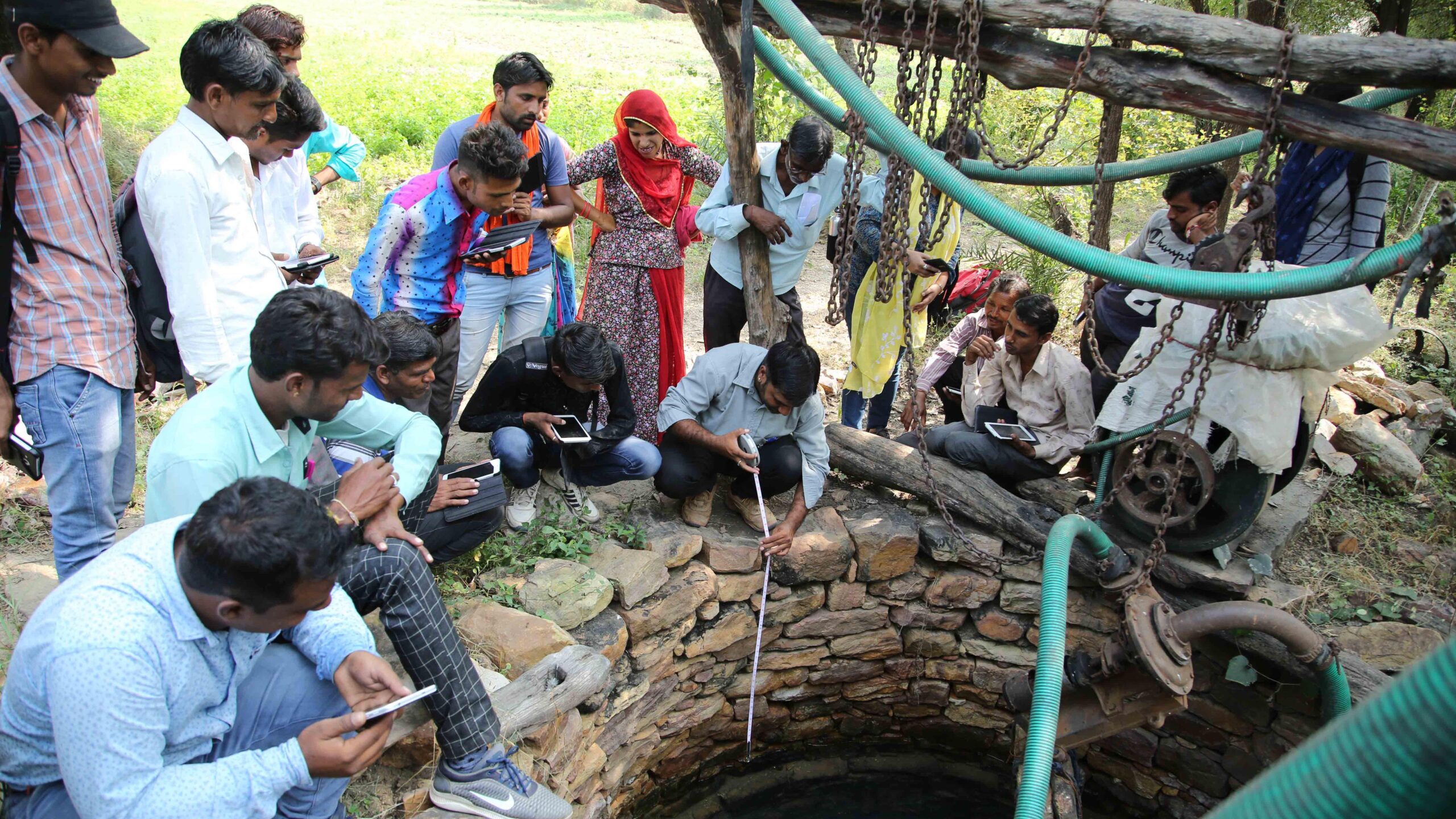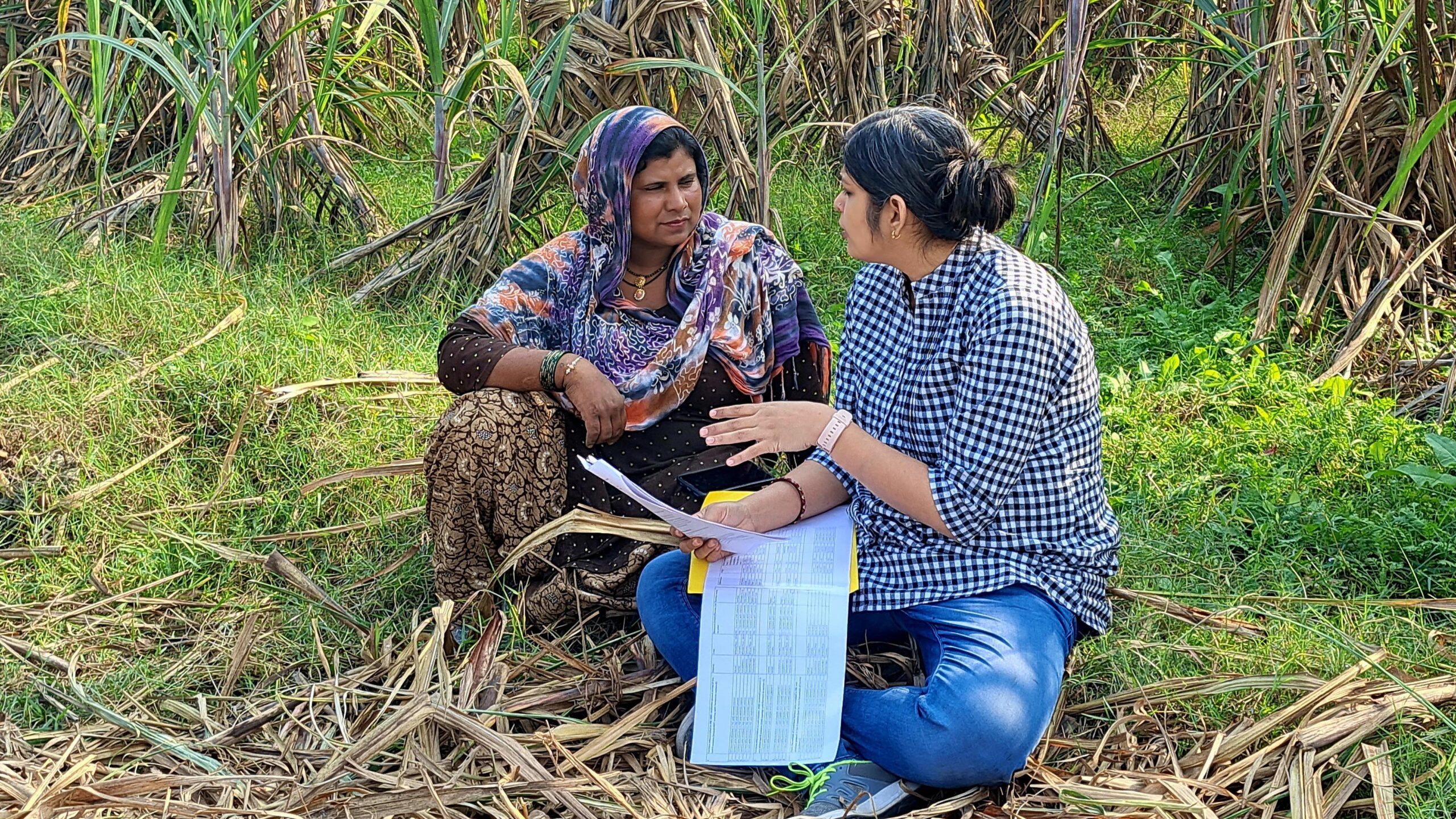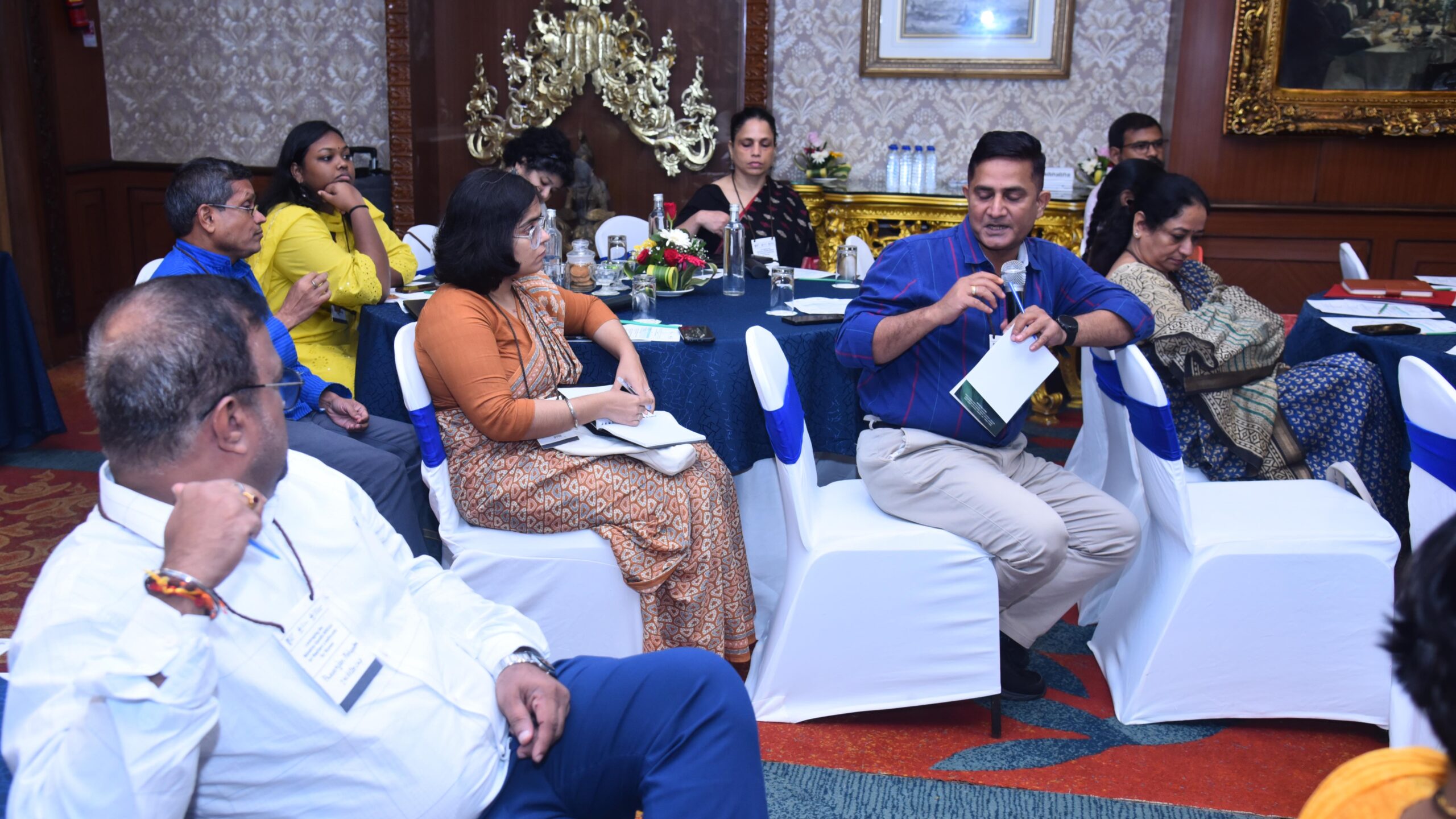Contract farming (CF) arrangements are written or oral agreements between farmers and CF scheme operators, where farmers commit to produce a certain commodity and operators commit to buying the commodity. These agreements typically contain further specifications such as the quantity, quality or price of the commodity, and can come with the provision of inputs, credits or extension advice.
The government of Ghana and donors have been promoting CF as a strategy nearly a decade for increasing adoption of new agricultural technologies, improving farmers’ production and income, and developing value chains. The two biggest and popular maize-based CF programs in northern Ghana are the Masara N’Arziki (Maize for prosperity) and Akate schemes, with 10,000 and 700 participants, respectively, as of 2015. There are also smaller maize-based CF schemes, with approximately 25 to 700 participating farmers. Most of the schemes operate under written contracts with the farmers, provide a fixed package of inputs (hybrid seed, fertilizer, and herbicide) and require repayment of these inputs in maize harvest. Smaller schemes are generally more informal (verbal agreements) and are flexible in the input provision based on the farmers’ requests.
Working on the maize sector in Ghana since 2012, we heard a mix of positive and negative stories about CF. Given the strong belief in the positive impact of CF by policy makers and donors in Ghana, but the dearth of evaluation and learning from the existing schemes, we were motivated to look into these schemes more closely. In particular, we were interested in assessing the contribution of CF in alleviating poverty in the poorest and most remote areas in Ghana. We therefore focused on Upper West region given the concentration of CF schemes there and its highest poverty incidence (71 percent compared to average of 24 percent for Ghana according to GLSS6). We conducted in-depth interviews with 10 CF scheme operators and collected data from 1600 maize households (both under and without CF) in the Upper-West Region in northern Ghana. In our recent paper in World Development, we empirically assess whether CF schemes are indeed successful in improving maize productivity and profitability, or not, and why.
Do maize CF schemes improve productivity and profitability on smallholder farms?
We found that maize CF schemes contribute to technology adoption and productivity growth. Compared to non-scheme plots, maize plots that are operated under a CF scheme are more likely to be treated with fertilizer, and in greater quantities. Moreover, maize yields are 400-800 kg per acre higher on scheme plots compared to non-scheme maize plots. Yet, plots under CF schemes are less profitable compared to non-scheme plots.
Higher yields—but lower profits?
On average, profits are lower under CF schemes because productivity increases were insufficient to cover the cost of high input requirements and costs of CF participation during the 2014-15 cropping seasons. The high amounts of inputs used are relatively expensive. In addition, when CF schemes calculate the required repayment of maize after harvest, they use higher input prices (100-125 GHS/bag of fertilizer under schemes compared to 90 GHS/bag market price) and lower output prices (30-40 GHS/bag maize prices under schemes versus 40-50 GHS/bag market price) compared to market prices. On average, participating farmers ‘‘borrow” GHS 500/acre of inputs, and have to pay back GHS 700/acre worth of maize grains on average. This is roughly a 48 percent nominal interest rate after five to six months. The annual effective interest rate is roughly 100 percent on average across all schemes, compared to 18-25 percent ongoing interest rates in agricultural development banks.
Why is CF scheme participation profitable in other case studies, but not ours?
Contrary to our findings, many other studies find that CF scheme participation is profitable (e.g. rice in Benin, various commodities). These cases diverge from our case study in at least one of three following characteristics: First, other schemes work on commodities that allow for quality differentiation and associated added-value. As a result, CF scheme operators can pay a price premium to CF participants, which avoids side-selling problems. Second, they operate with commodities that are relatively new or have only a limited number of buyers, again reducing problems of side-selling. Third, other schemes work on commodities that require specific investments by farmers to prepare fields.
None of these three characteristics apply to maize in Ghana. There is a lack of a price premium and, in some cases, farmers receive below-market prices for maize under CF schemes. Maize is the dominant crop in the study area and multiple aggregators and traders are present in the communities, especially during harvest, to buy their produce. There are no required or induced land improvements and therefore there is virtually no technology and asset specificity.
How can profitability of maize CF participation be improved?
We ran simulations to predict the potential effect of three different interventions on the profitability of these schemes. First, one possible improvement in the contract design is to provide better terms of repayment and output prices for farmers. Using market prices to value the inputs provided on credit would mean greater profits from scheme participation. Yet, simulation results show that even then, participating farmers would have only a minimal increase in profits.
Second, we simulated the effect of a 50-percent reduction in fertilizer price, which was consistent with the government’s plan to reintroduce the fertilizer subsidy starting in 2016/2017. (The reintroduction of fertilizer subsidy in Ghana is under intense debate: Incentivizing technology adoption and production on the one hand but facing huge social costs and implementation challenges on the other hand.) We found that reducing fertilizer prices would lead to greater profits in some, but not all schemes.
Third, we simulated the impact of a technology that would result in substantial yield improvements. Using the Pioneer 30Y87 maize variety is expected to yield 50-100 percent more than the currently-used Pannar varieties. A yield increase of 50 percent from this variety would result in a substantial increase in profits, even at the current high cost of credit. If yields are increased further, say by 100 percent, even more farmers would benefit from scheme participation.
Addressing the underlying problem
These results highlight the need for a more integrated approach to development and poverty reduction. The main problem in the study area in particular, and in Ghana in general, is not the unit prices or input costs, but rather the low productivity derived from these inputs. The yield increase that most farmers experience using improved inputs does not adequately compensate for the extra costs of using these improved technologies. Compared with contract design change by reducing repayment requirements, much greater impact could be achieved through improvements in technologies and yields. Developing and promoting higher yielding varieties and better technologies will be necessary to boost yields and incomes for a greater number of maize farmers.
Catherine Ragasa and Isabel Lambrecht are Research Fellows in IFPRI’s Development Strategy and Governance Division.

